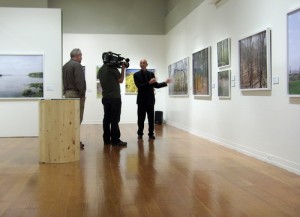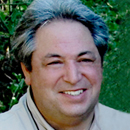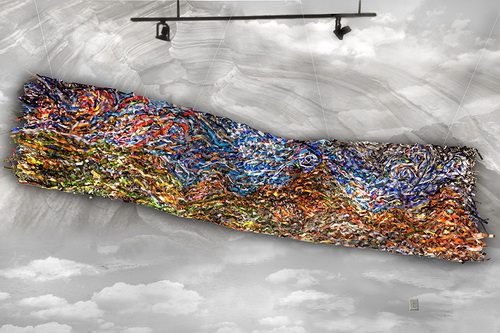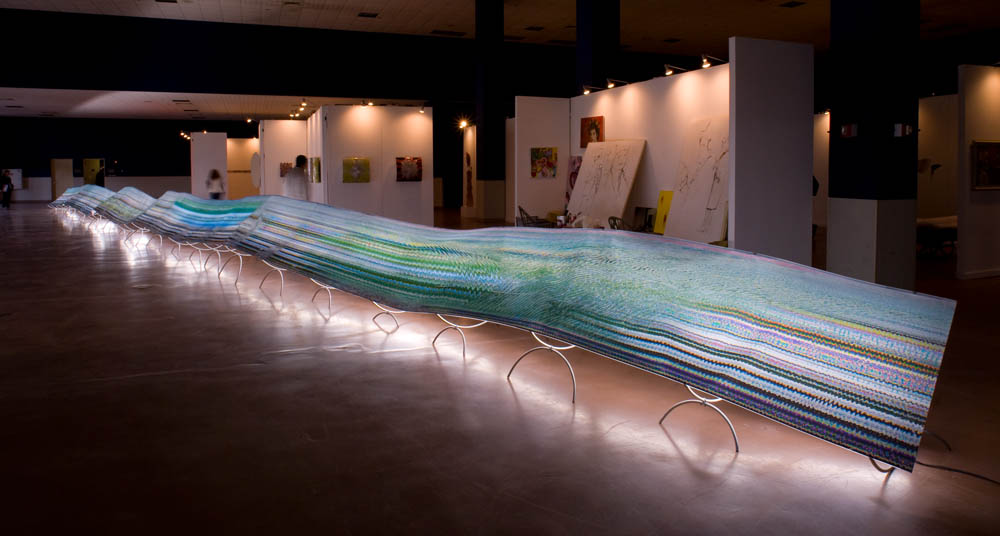Now more than ever, photography careers are shaped by how quickly and clearly you can recognize emerging markets for images. Just ask Vincent Goetz, who recently resumed his photography career after taking a 30-year hiatus from the craft.

Like many of his peers, Goetz developed an interest in photography in high school, bought a lot of equipment, experimented in the darkroom, and considered becoming a commercial photographer. But after doing two shoots, he realized he didn’t want to deal with people telling him what or how to shoot. Nor did he relish the more mundane parts of the business such as a collecting bills, or dealing with talent.
So, he found other ways to support his lifestyle. He worked as a fisherman, grocery clerk, janitor, burger flipper, climber, Yosemite park ranger, bartender, waiter, banker, and consultant. Although he took some photographs as part of the Light Brigade outdoor-education group in Yosemite, he eventually quit photography because he felt that that glass of the lens was getting in the way of real life. As Goetz puts it, “I found myself taking pictures of life rather than living. I was fairly active—surfing, climbing, kayaking, riding motorcycles, skiing, etc. I was always looking for the picture, rather than stopping to enjoy what I was doing.”
By the time he decided to get back into photography 30 years later, everything had changed. It was all about experimenting with the limits of digital instead of Kodachrome. And although he quickly discovered “the learning curve in digital is immense,” he also immediately recognized that digital opened up endless new possibilities for how the images could be processed and used.
Bringing Creativity to Digital Décor. Currently, Goetz is eager to explore what can be done with images in large office and commercial spaces and on materials such as plaster, aluminum, leather, and non-conventional substrates. He is excited by the fact that digital printing is radically changing our perceptions of what photography can be.
“You can cover a fair amount of wall space and create a certain feeling in a room with an image,” says Goetz. “A painting can only get you so far.” He believes it’s only a matter of time before someone figures out a way to transfer images to wet plaster as a building is being constructed. He can envision how images might look applied both to the interior and exterior walls of buildings.
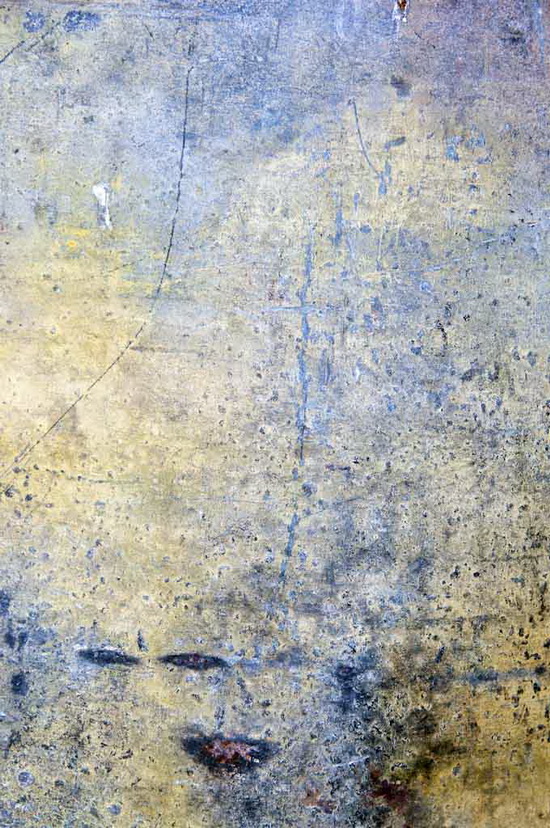
Some of Goetz’s favorite work includes a series of close-up images of the surfaces of old gas pumps that had been exposed to the elements for 70 years or so. The peeling, oxidizing paint reveals a surprisingly rich depth of color and textures. Unless you’ve been told that you’re looking at the weathered metal surface of a gas pump, you’d never guess.
“I like making images that make you think and question what you are seeing,” explains Goetz. “I look for color and texture, and the purity of the image. I also like to see how our eyes are attracted to images and absorb them.”
Printing on Canvas: When Goetz first started using Nikon D200 and D300 cameras, he had a friend print his work while he concentrated on learning Photoshop and the basic workflow. But having worked in the darkroom in high school, Goetz knew he eventually wanted to learn to print his work himself. With guidance from his printmaker friend and account specialist Darren Vena at LexJet, Goetz has reached the point where he prints nearly all of his own work on the Epson Stylus Pro 7900.
“I am also starting to print for others, which is really fun,” says Goetz. “It’s also a good way to see and understand what other people are shooting.”
He prints some images on LexJet Archival Matte paper because he likes the way that it holds the blacks. But he prints most of his images at 24 x 36 in. on LexJet Sunset Select Matte Canvas.
“I really like printing on canvas,” says Goetz. In addition to shooting and printing images that looks like paintings, Goetz has started studying painting and likes experimenting with different techniques. Similarly, he would love to experiment with printing on non-traditional surfaces, especially now that it has become much easier to make wall-size prints than wall-size paintings.
For 20 years, Goetz worked as a banker, which might seem to be odd career choice for someone born with the spirit and vision of an artist. But as a banker, he delighted in helping other people find ways to make their dreams come true. That experience has motivated him to focus on pursuing his own visions as a photographic artist.
“A lot of life has distilled the way I see, and I am constantly intrigued by the abstractness of nature and the environment around us. Having been a banker, I also see the business side of photography and am trying a different model.” says Goetz.
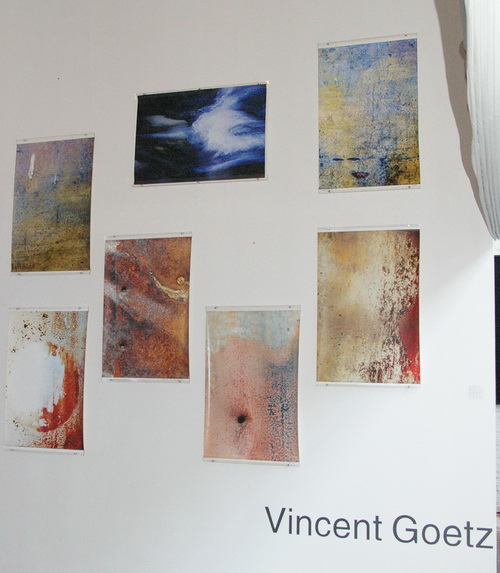
He would like to create photography that gets people to see differently—to open their eyes and realize that some of the most common things around us are startingly beautiful. Someday, Goetz would also like to see his work printed very large or on unique substrates, and has started seeking partnerships in the US and abroad that might make that happen.
“I would like to think that some of my images are interesting enough that people look twice at the world around them,” says Goetz. “Sight is such a gift, and to share what we see is even more magical.”
To see more of Goetz’s photography, including images shot during his recent trip to China, visit his website: www.vincentgoetz.com


